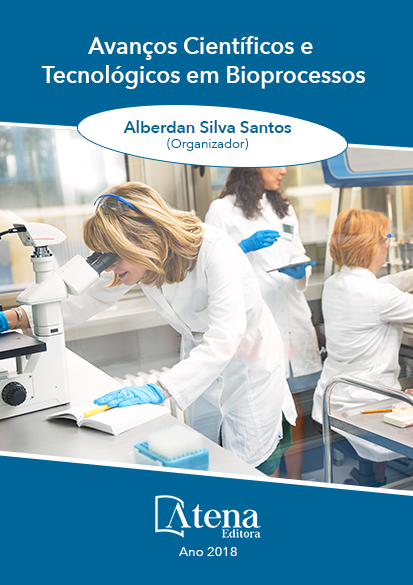
BIOTRATAMENTO DE VINHAÇA SINTÉTICA E GERAÇÃO DE ELETRICIDADE UTILIZANDO UMA CÉLULA A COMBUSTÍVEL MICROBIANA
O Brasil é um dos maiores produtores de etanol no mundo, no entanto, durante o processo de obtenção deste combustível, elevadas quantidades de vinhaça são geradas, em média, para cada litro de etanol produzido são gerados 13 litros deste resíduo. A vinhaça possui propriedades físicas e químicas que podem desencadear efeitos nocivos à biota, deste modo, existe um interesse crescente em identificar novas tecnologias para o seu tratamento. A utilização de células a combustível microbianas (CCMs) apresenta um enorme potencial, uma vez que, pode promover simultaneamente o tratamento deste resíduo e a biogeração de energia elétrica, pela conversão da energia química disponível nesses substratos biodegradáveis diretamente em eletricidade, por meio da ação catalítica de bactérias eletrogênicas aderidas ao eletrodo. Neste contexto, o presente estudo avaliou a utilização de uma CCM de câmara dupla no tratamento de vinhaça sintética. Durante a operação deste reator foi detectada uma máxima densidade de potência de 330 mW·m-2 e uma redução na demanda química de oxigênio (DQO) em 58,8% após 28 dias. Diante destes resultados preliminares, a tecnologia CCM pode ser considerada promissora no tratamento da vinhaça, contudo, estudos a respeito da configuração, tipo de inóculo e formas de operação da CCM são necessários para que amplie sua eficiência.
BIOTRATAMENTO DE VINHAÇA SINTÉTICA E GERAÇÃO DE ELETRICIDADE UTILIZANDO UMA CÉLULA A COMBUSTÍVEL MICROBIANA
-
Palavras-chave: Vinhaça sintética, Célula Combustível Microbiana, Bactéria Redutora de sulfato, Demanda Química de oxigênio, Densidade de potência.
-
Keywords: Synthetic vinasse, Microbial Fuel Cell, Sulfate-reducing bacteria, chemical oxygen demand, power density.
-
Abstract:
Brazil is one of the largest producers of ethanol in the world, however, during the process of obtaining ethanol, high quantities of vinasse are generated, on average, for each liter of ethanol produced, 13 liters of this residue is generated. Vinasse has physical and chemical properties that can trigger harmful effects on biota, so there is a growing interest in identifying new technologies for its treatment. The use of microbial fuel cells (CCMs) presents a very high potential, since it can simultaneously promote the treatment of this residue and the biogeneration of electric energy, by converting the available chemical energy in these biodegradable substrates and directly into electricity, by means of the action of electrogenic bacteria adhered to the electrode. In this context, the present study evaluated the use of a double chamber CCM in the treatment of synthetic vinasse. During the operation of this reactor, a maximum power density of 330 mW m-2 and a reduction in chemical oxygen demand (COD) was detected at 58.8% after 28 days. Considering these preliminary results, CCM technology may be considered promising in the treatment of vinasse, however, studies regarding the configuration, type of inoculum and forms of CCM operation are necessary to increase its efficiency.
-
Número de páginas: 15
- Cristiane Angelica Ottoni


